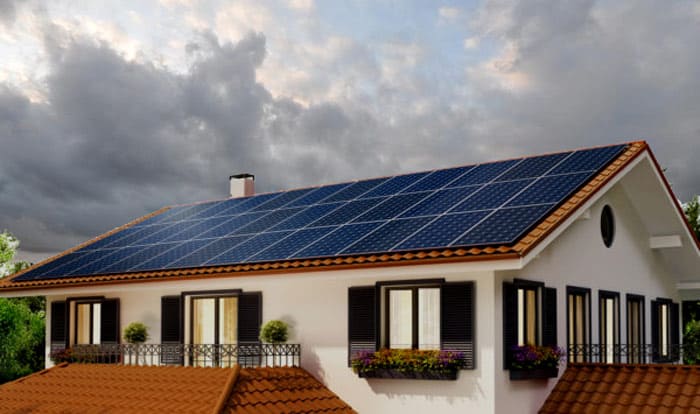The Role of Solar Power in Disaster Resilience Planning in Australia
Australia, a land of diverse landscapes and extreme weather, faces recurrent challenges from natural disasters. From bushfires to cyclones and floods, the nation grapples with the aftermath of these events, emphasising the critical need for robust disaster resilience planning. In recent years, the integration of solar power has emerged as a beacon of hope, offering sustainable solutions to enhance disaster preparedness and recovery efforts across the continent.
Solar Power: A Pillar of Resilience:
Amidst the unpredictability of natural disasters, reliable access to electricity stands as a lifeline for communities in distress. Traditional power grids often falter during emergencies, exacerbating the challenges faced by affected populations. Herein lies the transformative potential of solar power. With its decentralised nature and capacity for off-grid operation, solar energy systems empower communities to maintain essential services even in the absence of conventional power sources.
Enhancing Emergency Response:
Solar-powered systems play a pivotal role in bolstering emergency response mechanisms. From powering communication networks to supporting medical facilities and emergency shelters, solar energy ensures continuity in vital services during crises. Mobile solar generators and portable solar kits facilitate rapid deployment, enabling first responders to operate efficiently in remote or disaster-stricken areas where access to conventional power infrastructure may be compromised.
Building Resilient Infrastructure:
The integration of solar power into infrastructure development forms a cornerstone of disaster resilience planning. By incorporating solar panels into public buildings, critical facilities, and infrastructure projects, Australia can reduce reliance on centralised power grids, thereby fortifying against disruptions caused by natural disasters. Furthermore, solar-powered microgrids offer localised energy solutions, fostering community resilience by safeguarding against widespread power outages.
Empowering Communities:
At the heart of disaster resilience planning lies community empowerment. Solar power initiatives not only provide communities with access to clean and sustainable energy but also foster self-reliance and resilience. Through community-led solar projects and initiatives, Australians can harness the abundant energy of the sun to build stronger, more resilient neighbourhoods capable of withstanding the impacts of natural disasters.
Environmental Sustainability:
Beyond its immediate benefits for disaster resilience, solar power aligns with Australia’s commitment to environmental sustainability. As a renewable energy source, solar power mitigates greenhouse gas emissions and reduces reliance on fossil fuels, thereby contributing to climate change mitigation efforts. By investing in solar infrastructure, Australia can simultaneously enhance disaster resilience while advancing its goals for a greener, more sustainable future.
Conclusion:
In the face of escalating climate risks and the increasing frequency of natural disasters, the integration of solar power stands as a beacon of hope for disaster resilience planning in Australia. From enhancing emergency response capabilities to fortifying infrastructure and empowering communities, solar energy offers multifaceted solutions to the complex challenges posed by natural disasters. By embracing solar power as a cornerstone of resilience planning, Australia can forge a path towards a more resilient, sustainable, and prosperous future for all its inhabitants.
Related Posts

Solar Power and Sunlight: What Happens On Cloudy Days?Reduce Carbon Emissions With Solar Power
It’s without question that solar panels work their best when in direct exposure to the sun. In fact, the beauty

Reduce Carbon Emissions With Solar Power
With many every-day living costs on the rise for home and business owners, investing in solar panels is a clever

Rooftop Rumours: Busting the Top Six Myths about Solar Power
1. As technology improves, solar panels will become cheaper, so I should wait to buy mine While in recent years,
